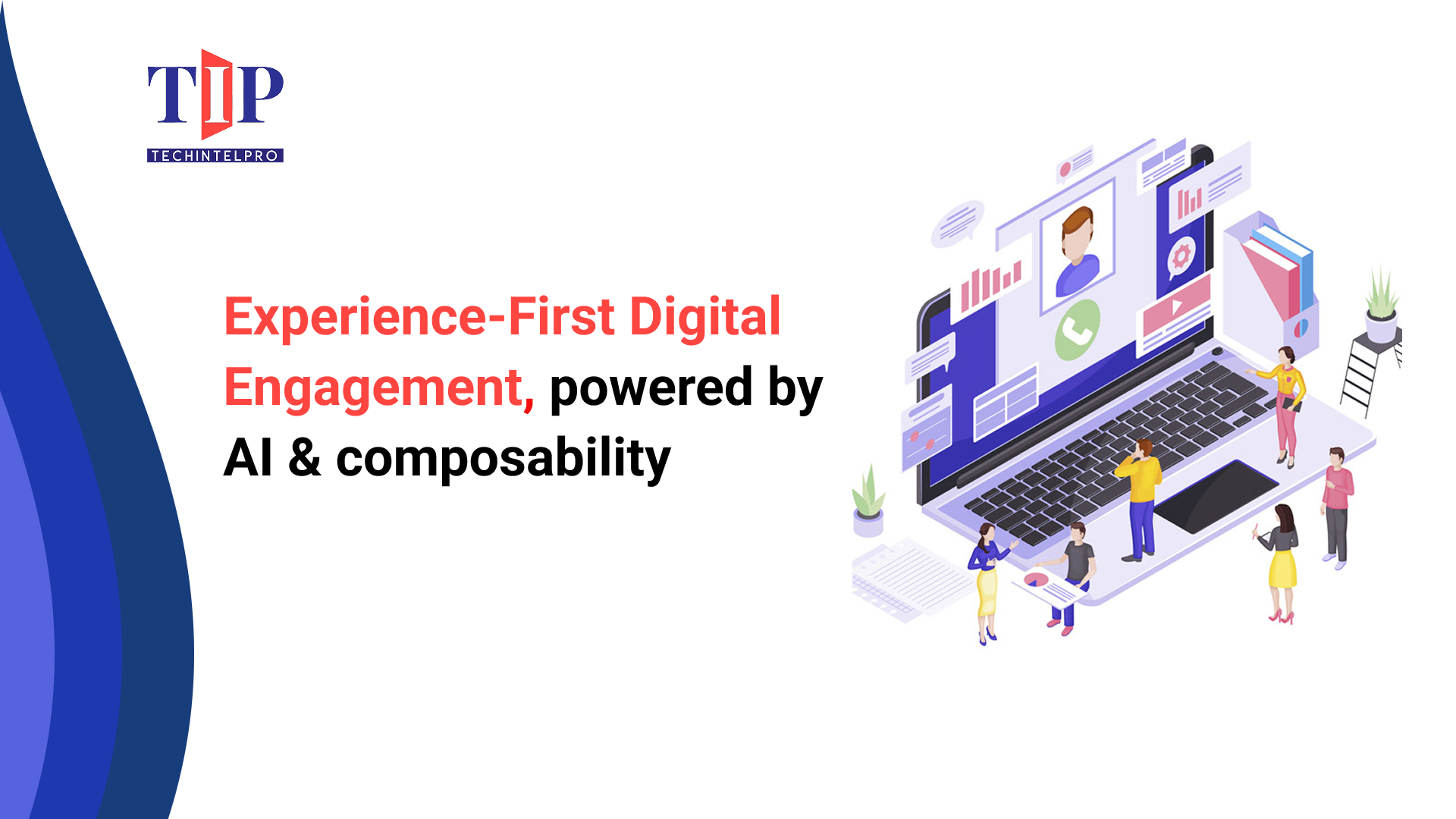Customer engagement has always been central to the sales cycle, and its importance has continued to grow. As marketplaces move online to match changing consumer behavior, brands must rethink how they attract, guide, and convert users across digital touchpoints.
This is where a clear movement becomes visible. For customers, digital interaction is now the preferred mode of engagement.
Why Customers are Moving from In-Person to Digital Interactions
Digital touchpoints reduce effort and give users greater control over their journey. That’s why they’ve become the default starting point for most customers.
- Convenience: Customers do not have to wait for appointments or stand in long queues.
- Instant availability: Customers can access, browse, and buy on the go.
- Better choices: They can seek immediate suggestions from friends and family, read reviews, and compare options.
- Control: Customers can switch between devices without losing progress.
Digital channels have become the norm because they allow users to choose when and how to engage. Instead of trying to fit a task into a normal work schedule, customers can accomplish what they need in a few minutes using a device they carry every day.
Modern Engagement Systems Are Transforming
What users want now is an experience that remembers their context, understands their intent, and adjusts in real time.
Three core capabilities define modern engagement systems:
- Predictive - Anticipating needs rather than waiting for clicks.
- Contextual - Adapting content based on behavior, device, and past interactions.
- Continuous - Ensuring the journey stays seamless across all touchpoints.
Digital engagement is becoming smarter, driven by more immersive technologies. AR and VR are changing the way customers discover and interact with digital experiences.
Composability, AI & AR/VR: The Architecture of Next-Gen Digital Experiences
Composability: The Architecture That Unlocks Immersive Scale
Composability is a modular approach that lets companies test and evolve their products almost instantly. It makes it easy to refine a feature or launch a new experience without touching the entire system. It represents the architectural shift that transforms digital capabilities into scalable experience layers, rather than isolated features.
Immersive capabilities now exist as modular, API-driven components that plug into any part of the digital ecosystem. This means teams can:
-
Add new immersive functionalities without changes in the core systems.
-
Replace or upgrade the components independently.
-
Ensure consistency in experiences across web, mobile, and immersive surfaces.
-
Experiment quickly with changing user needs.
That's the flexibility that makes immersive design operationally viable. Composability isn't a technical convenience; it's an operating model that turns immersive experiences from one-off prototypes into repeatable product value.
AI - The Adaptive Layer Behind Every Interaction
AI enables experience-first digital engagement. It reads signals, understands intent, and predicts the user’s next need.
It dynamically changes content, timing, and actions in real time. AI helps make the journeys dynamic and context-aware, rather than static or script-driven. With every tap, swipe, or glance, it learns and adjusts.
This enables digital experiences to become responsive, personal, and frictionless interactions. Everything users expect in today's world.
AR + VR: Layers of Experience Enabled by AI and Composability
AR and VR serve as adaptive experience layers on top of this modern digital architecture today.
-
AR provides information that is context-aware precisely when users require it.
-
VR extends this to immersive environments that react to motion, behavior, and intent.
What makes these layers powerful isn't just the technology, but the foundation beneath them:
-
AI delivers real-time adaptation and personalization.
-
Composability enables the deployment, updating, or scaling of these capabilities without requiring a redesign.
Together, they allow users to delve deeper and interact more intuitively, thus making immersive engagement natural, seamless, and aligned with evolving user expectations.
The Business Impact of Digital Engagement
Consumers of today do not want to re-enter the details. They refrain from repeating steps. They expect the system to keep track of their actions. every interaction to respond to their context and intent, not as if they were new users every time. Contemporary engagement technologies have changed the way brands create and deliver value. AI, composable architectures, and immersive interface experiences, like AR and VR, have replaced fragmented systems with unified and intelligent experiences that drive growth.
How These Technologies Create Business Impact
• AI reduces friction at every step of the journey: Instead of waiting for people to click, search, or ask, AI anticipates what they're trying to do and removes hurdles before they appear, cutting effort, speeding decisions, and lifting conversions.
• Composable platforms allow brands room to innovate without slowing down: Teams can plug in new capabilities, experiment with microexperiences, and roll out improvements in days rather than months, dramatically reducing development cycles and acquisition costs.
• AR and VR build confidence where customers normally hesitate: AR and VR eliminate uncertainty because users can preview, test, and understand products in context, not just on a screen, which helps improve decision quality and reduces drop-offs due to doubt.
The Interconnected Effects
Collectively, these technologies enable customers to go from discovery to decision faster. They eliminate internal friction, accelerate conversion, and increase overall experience.
Industry leaders are also talking about this shift. As Sitecore’s Suliman Gaouda noted, AR is transforming into a world where we enter digital realms tailored for each user.
Watch the interview here:
Conclusion
Digital engagement is more than an add-on; it’s where the entire customer relationship starts. As technology becomes more invisible, the true advantage will be with the brands that consider what people are actually trying to do rather than simply how they click. So the businesses that get attention next will be the organizations that deliver digital experiences that blend naturally into everyday behavior.


